Have a look at this thread mate as it should
help explain it. It is block 31 but heres the gumf:
When supplying 100% load (flooring it) it is safest to run a little rich rather than let the A/F mixture run lean.
Stoich is a ratio of fuel to air which is regarded as the optimum a/f ratio. It is generally accepted that this is 14.7. When we log group 31 the lamda probe (wideband sensor) is supplying a voltage output which is proportional to the burn't A/f mixture its sensing. generally 1v relates to stoich (14.7).
In its simplest form what ever values you log, simply multiply them by 14.7 to give you the true A/F ratio. Above 14.7 represents the mix going lean, below 14.7 represents the mixture going rich (safest).
Easier still is to compare the logs to this:- Above 1 = going lean
Below 1 = going rich (good)
Max power is produced when sensor reads between 0.8-0.9
The above is not the be all and end all its just a rough
guide and generalisation as Stoich does not nescessarily mean its the most powerful ratio, but for novices like me it is good enough.
When off load, ratio can appear to run a little lean.
Remember that vagcom sampling rates need to be higher to get truely accurate results and i would always compare group 20 (knock control) to check quality of fuel and timing. (below 7 is good).
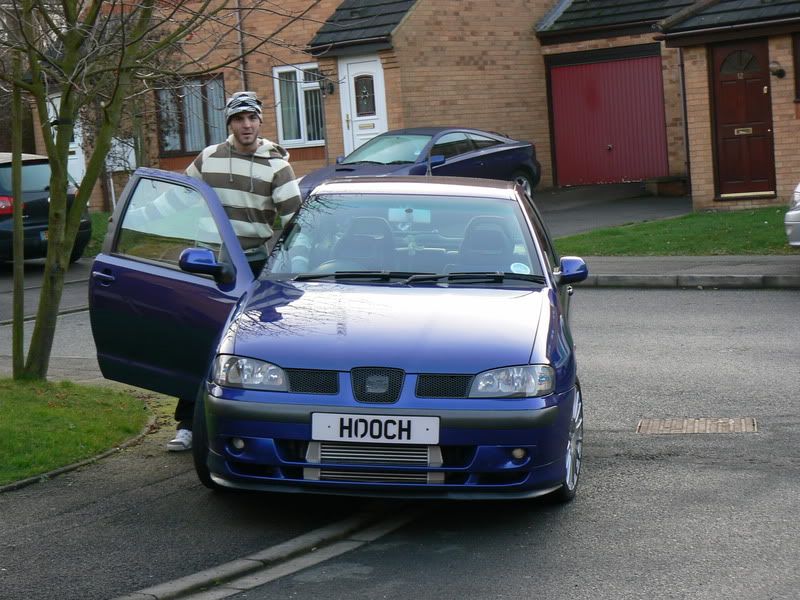
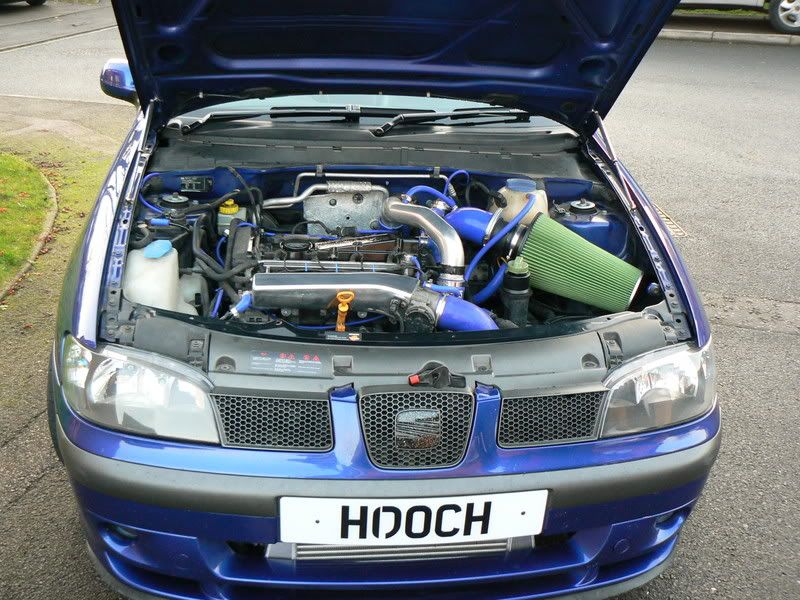
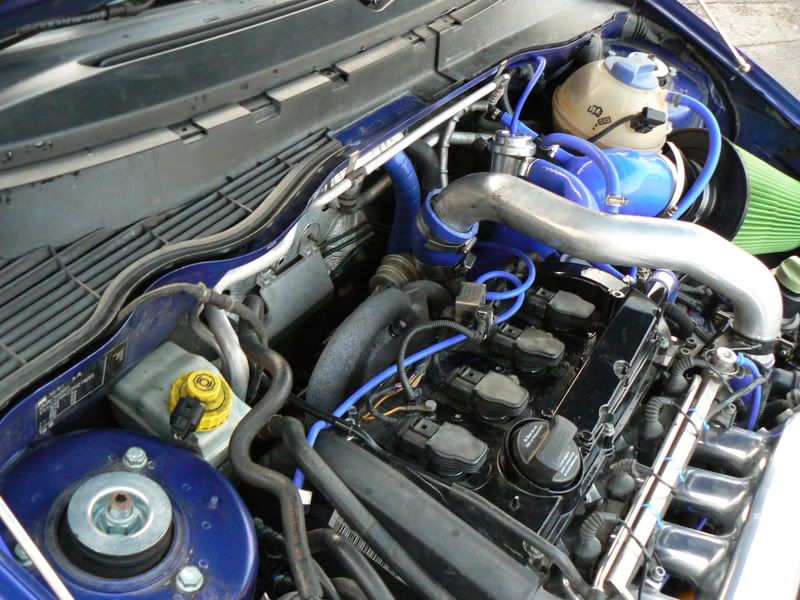
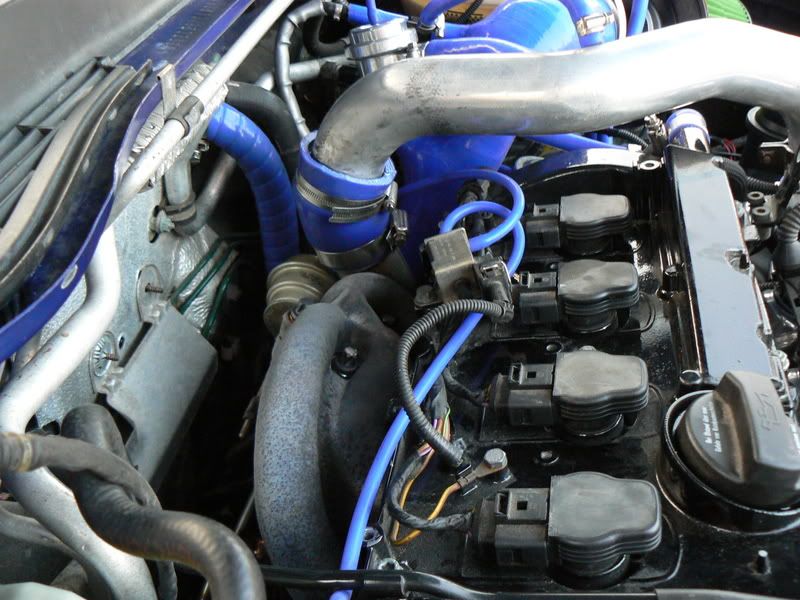
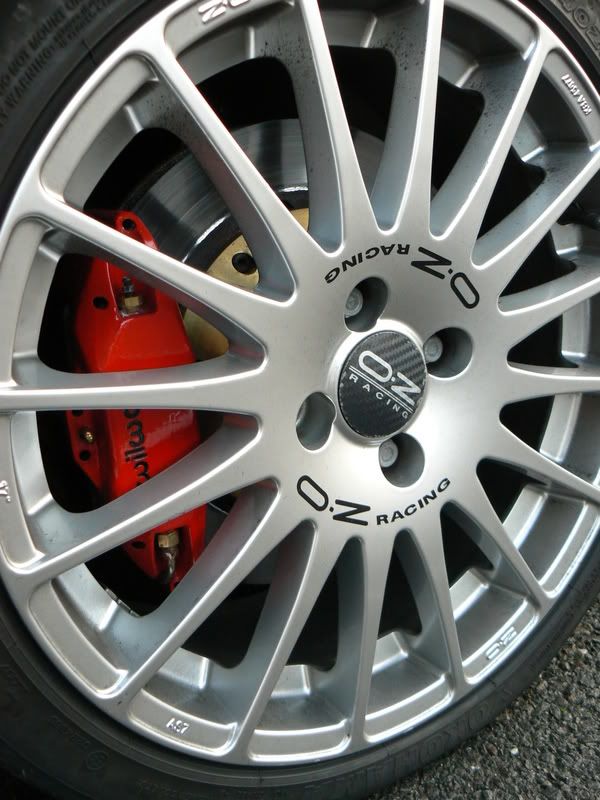
![Cool [B)] [B)]](/forums/styles/seatcupra/oldforumsmileys/shades.gif)



